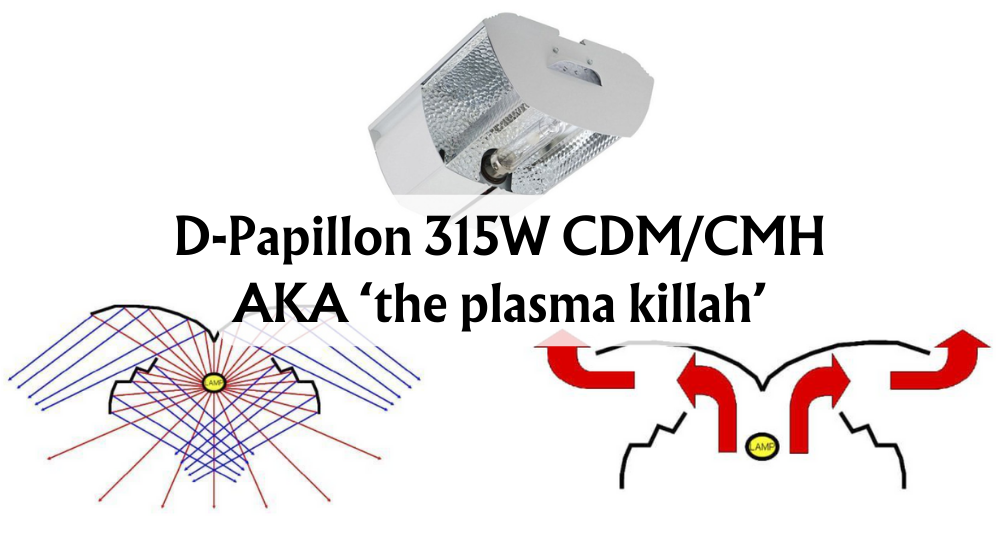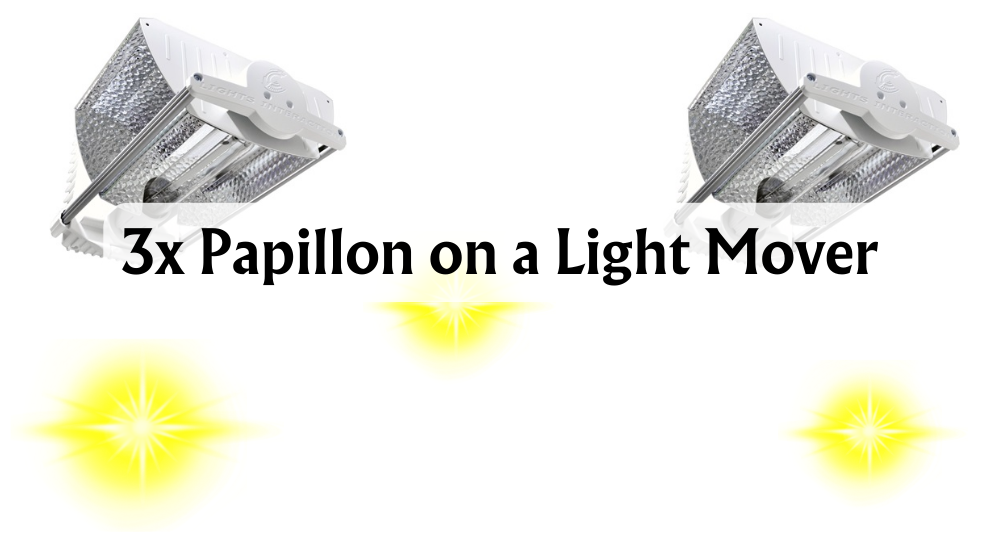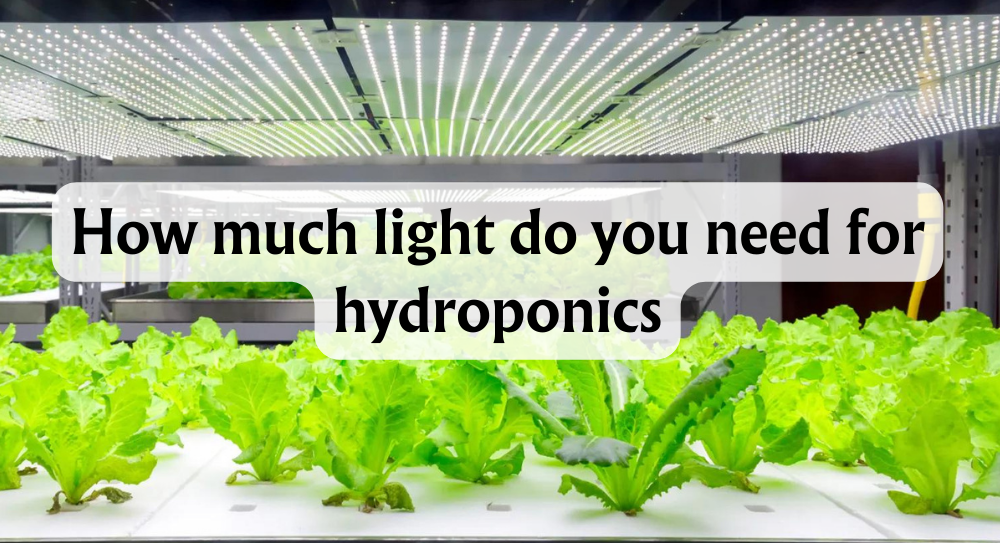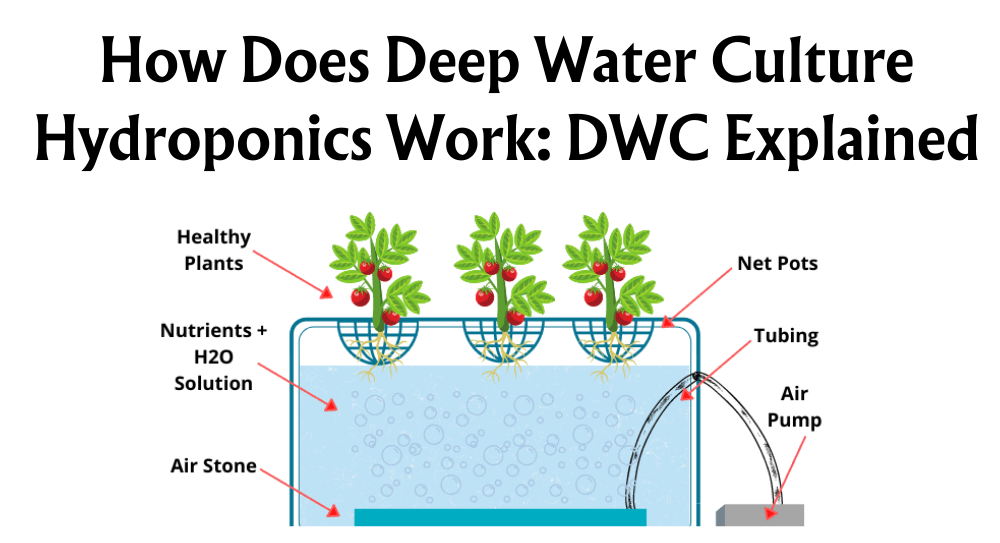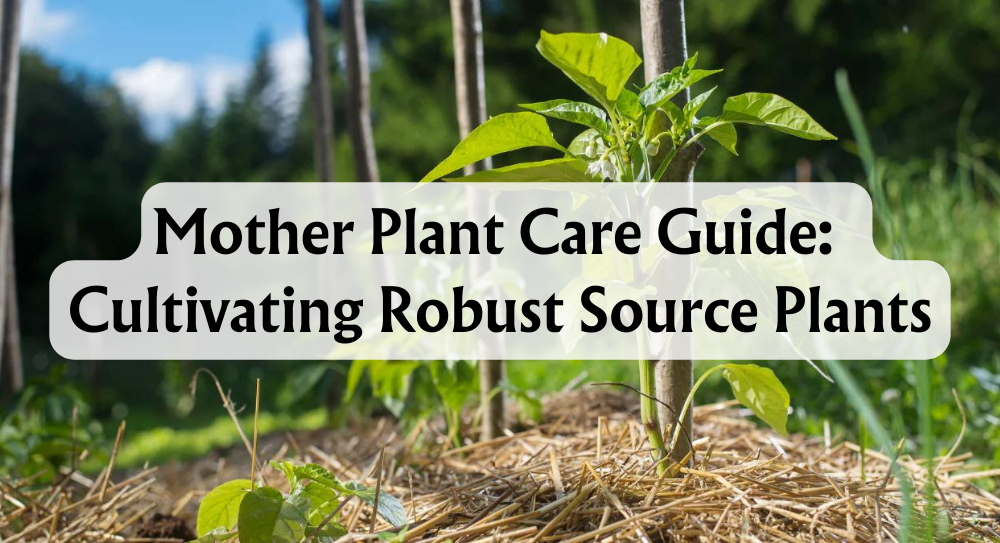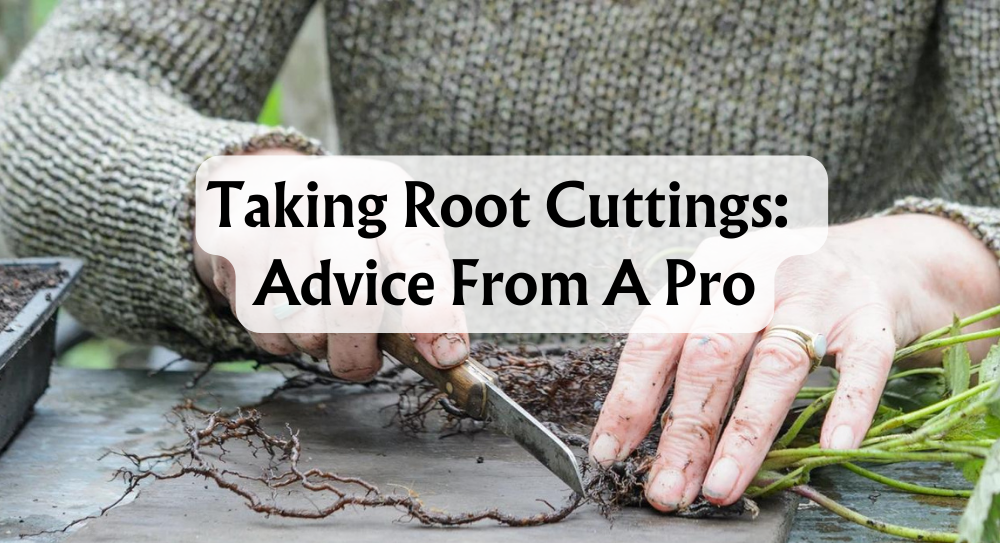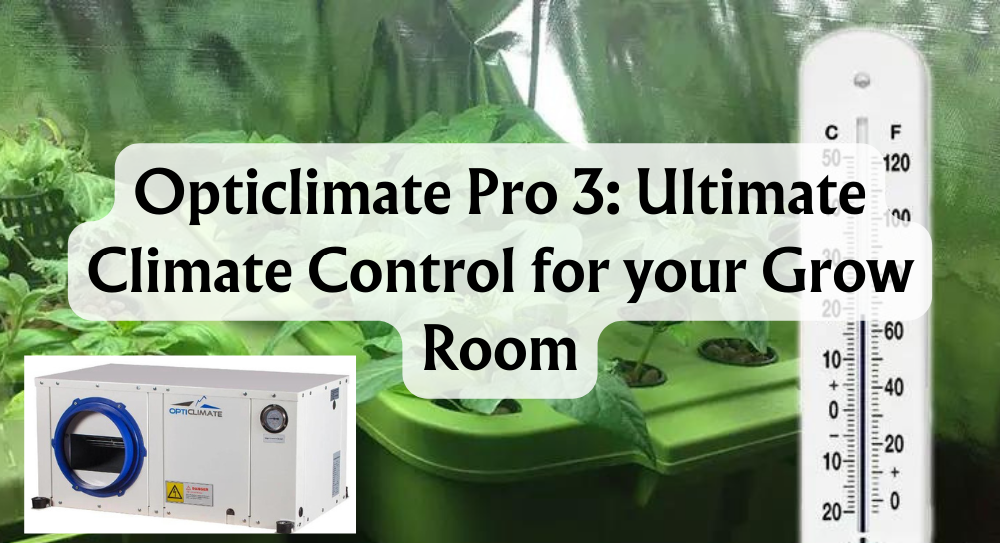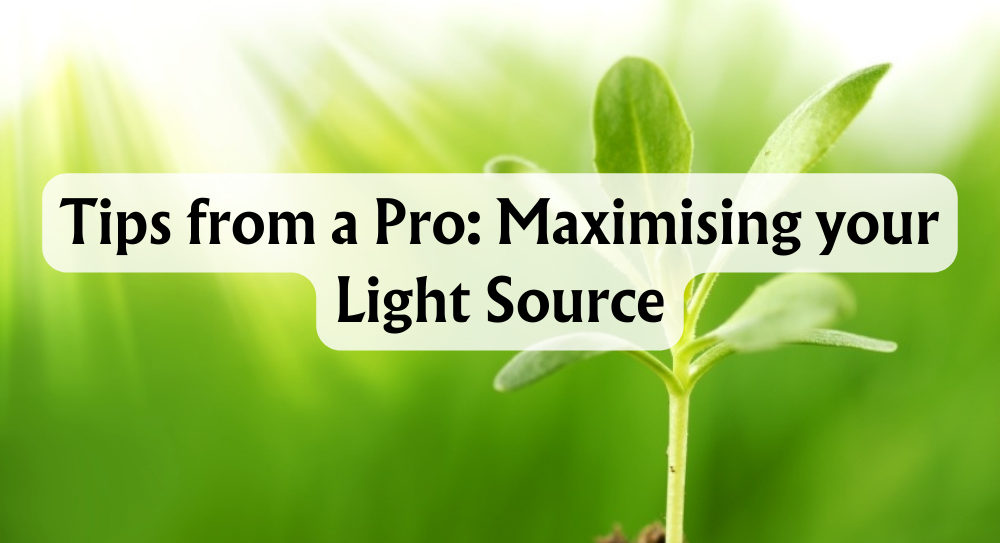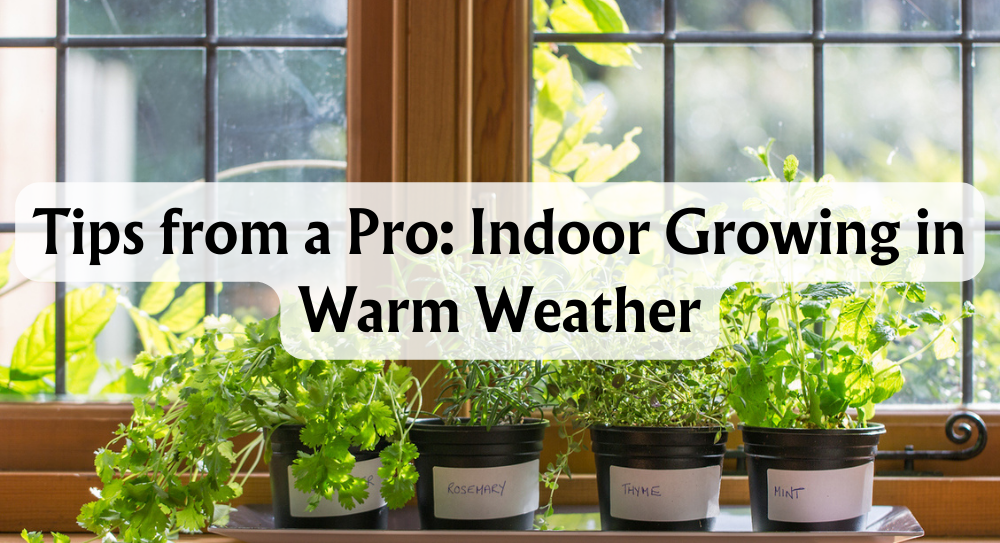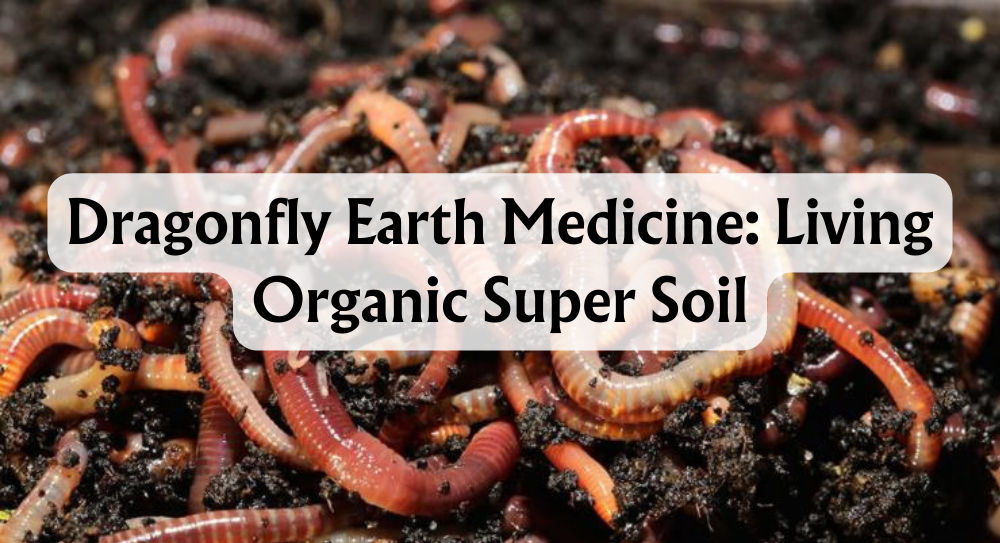D-Papillon 315W CDM/CMH – AKA ‘the plasma killah’
I have been reluctant to test this light purely on the basis that I have always done very well with the MH + HPS combo with adjust-a-wings.
But due to hearing nothing but good things about this light from various sources, I decided to give it a test. I will be testing these lights in various setups to see exactly how it perform and more importantly the quality of the flowers they can produce.
What Are CDM/CMH Grow Lights?
CMH is made with an arc tube that is constructed of a ceramic composite instead of quartz. This allows the tube to reach a higher temperature. To achieve the lower temperature in HID lamps made with quartz a combination of gasses must be used that don’t necessarily produce the optimal spectrum for photosynthesis.
The higher operating temperature of the ceramic tube allows for an ideal mixture of gasses. This creates a fuller spectrum of light that increases the growth, overall health and yield of a plant.
CDM/CMH Benefits
Some suppliers claim that one 315w is equivalent to one 1000w HPS in terms of yield this is dependent on other factors in the grow room and the grower's skills.
These lights also have a low heat output because of their low wattage. One watt from a grow light creates about 4 BTUs of heat that needs to be cooled. Let’s say you have 4 x 600w HPS in your grow room that’s 10.000 BTUs from your lights, now trade them for 4 x 315w which is 5.000 BTUs and more yield according to some suppliers. Heat is a massive problem for indoor growers in the summer months so halving your BTUs is a big help and you are doing it without sacrificing quality or yield.
One final advantage CDM/CMH bring to the table is their superior light quality compared to other HID lamps. First, they have a wider spectrum than other HID lamps as a result of the near-perfect, unique combination of salts, halides and gasses used in the arc tube.
This mixture creates a spectrum close to that of the sun and emits a stunning crisp, white light. In fact, the colour rendering index CRI for CDM/CMH lamps is 90-93. To give you some perspective the sun's CRI is 100, HPS lamps range from 20-35 and metal halides range from 60-65 the closer the CRI is to 100 the closer it is to sun light.
In terms of light quality, the CDM/CMH includes ultraviolet and infrared rays in their spectrum, which plants love. The higher amounts of UV rays create stronger woodier stalks, this means the growth and vigour of your plants will be unmatched, especially in the veg stage.
CDM/CMH Drawbacks
There are two main drawbacks to using CDM/CMH lights, 1 is the initial cost of the light, I have been growing for over ten years and have come to understand the value of quality lighting systems, and quality lighting pays dividends at harvest time. I understand that if you have a tight budget for setting up a grow the thought of spending £500 on a light may seem scary but lighting is key for yield so you should never sacrifice this aspect of your grow.
The second drawback (if you can call it that) is that you must wear grow room glasses to protect your eyes if you are spending more than 15 min in a room with 1 of these lights. I recommend that you should always wear grow room glasses at all times in grow rooms even with HPS they cost like £20 and exposure to HID will damage your eyes over time. I spend an average of 8 hours a day in grow rooms so protecting my eyes is a top priority.
The Set Up
A 3-light system with the 315 using the daylight lamp all the way through in the middle. MH for veg and HPS for flowers on either side, this is a 3-light, 3-plant system grown in 60/40 in 32L pots using a run-to-waste dripper system.
|
400w MH for V HPS for F |
315 daylight |
400w MH for V HPS for F |
First Impressions
When I opened the box the first thing that hit me was the attention to detail and the build quality of the fitting it was far superior to any other fitting I have seen.
The Box Contains
- 315 fitting
- Very sturdy hanging brackets
- Daylight lamp
- Instructions for setup
Daylight Lamp
The daylight lamp is optimized in a broad spectrum grow light with an increased share of blue light. The lamp can be used for the growth stage of the plant.
Veg Cycle
All plants were given a 3-week pre-veg in the same room under CFL lighting to get the roots established all 3 plants will be grown from clones taken from the same mother plant.
I have never seen plants respond so well to a light source from day 1 the plants were super healthy, the light that was coming from the 315 was like nothing I had ever seen, it was crisp and brilliant white compared to the MH on either side. Every light has its own wall-mounted fan that blows air in between the light and the plant canopy, I also like to hang 1 hygrometer per light this is to see if certain parts of a room run hotter than other parts.
What I noticed was that you could put your hand directly under the 315 without any discomfort which meant you could have it closer to the plant, whereas the 600w MH if you put your hand within 10 inches of it your hand started to cook. The temperature difference between the 315 and the 600w MH was around 3-5 degrees C.
Very clever reflector design, you can feel the heat coming out of the sides and raising up around the reflector. Also, very impressed with the even light distribution
Open Reflector Concept
Assimilation lighting is generally known to cause an excess of unusable heat directly below the reflector. This leads to “hot” spots on the top of the plant canopy, which detrimentally affects the growth and development of the plants.
The brand-new Green Power lamps that are used in D-Papillon fittings with electronic ballast produce 34% PAR light, 34% infrared heat radiation and 32% convection heat. The reflectors that are used in the existing D-Papillon fixtures uniformly disperse the PAR light and infrared radiation heat. The convection heat (lighting heat) in contrast to radiation heat, is an indirect form of heat transfer.
The heat that is created on the lamp surface is not displaced directly to the plant, but indirectly, with the grow room air behaving as a carrier. The use of the open reflector concept, a natural air current is created; the heat is spread uniformly throughout the grow space, thus avoiding the development of hotspots on the plant canopy. The accumulation of convection heat is therefore removed and does not fall back into the lamp, and as a result, the lamp keeps cooler, resulting in longer lamp life.
The patented reflectors from Papillon have a yield of around 92% (determined in a laboratory certified by the British Standardisation Institute). The lux values obtained by luminaires with these grow light are as much as 10% greater than by conventional luminaires. These greater values represent an unmatched amount of growth light for the plant. In other words, increased growth for the same energy usage.
The reflector of the D-Papillon forms the light beam in a unique manner. Unlike regular production techniques, the reflector is produced by forcing (deep-drawing) the raw material, followed by the application of the reflector layer through vacuum metallizing or sputtering of aluminium.
Employing an entirely different production process, Papillon has the ability to use a reflector material of a high surface density and a high reflection ability. The reflector is purpose-made to cut down on the heating up of the lamp to the lowest possible extent. As a result, there is a lower drop in the light production of the lamp in the course of its life. In summary, their reflector produces more light (light output of 92% - Light Output Ratio), a broader beam of growth light that penetrates deeper into the plant and a lower lamp luminosity rate thanks to a comparatively low reflector temperature.
After about 14 days of veg the plant under the 315 was looking far superior to the ones on either side of it, it had more side arms, shorter internodes, and darker colour, and the stem seemed to be sturdier (apparently using silica with 315’s gives you a thicker harder stem).
For the next 7 days, all plants were super cropped to create 1m wide bushes and lolly popped to remove all the lower parts of the plant, the plant under the 315 recovered from this a lot faster than the other plants showing no signs of stress, she was just a beast thirsty for light all her leaves perky and pointing upwards.
After 21 days of veg, it’s time to flower, all plants are now 1m wide and roughly 1m from the top of the pot supported by canes and tied with loose twisty ties.
If I was using 3 x 315s in the room I think I could have shaved 3-5 days from my veg time
So far I am loving this light, for 315w it is unbelievably bright you can’t look anywhere near it without grow room glasses on. I have just ordered another light to start setup 2 in another location.
Flower Cycle
The daylight lamp was left in the 315 pappy this is because it was getting overlap of HPS from either side so I didn’t feel the need to swap the lamp to the Argo. Far less stretching under the 315 but still got healthy vigorous growth with close internodes.
Day 14 of flower and the plant under the 315 is covered in flower sites and already starting to flower, she is a wide bushy plant that is super healthy.
Day 28 of flower all plants are looking super healthy but the 1 under the 315 is in a different league she has amazing colour all the flower sites are starting to join up.
Day 42 of flower the smell that is coming off the plant under the 315 is far stronger than the other 2 plants, this is due to a better terpene profile due to less heat being forced on to the canopy and dissolving the resin glands, after looking at the flowers under a microscope you can see all the gland heads in tacked and standing upright-this light is amazing!!!
Day 60 time to cut the plants down, the terpene profile and essential oil production on the plant grown with the 315 is off the chart it smells like a different strain than the other 2, it is dripping with crystal like it has been dipped in diamonds. All the flowers are nice and tight and perfect in every way.
I am in the process of testing these lights in other setups 1 light, 1 plant setup but swapping the lamp in flower to the Argo lamp, and the other setup is 2x 315 paps on 2m a light rail.
Summary Of The 315w Papillion
I have been blown away by this light fitting it is the best light fitting I have tested and could be the best grow light ever made. If I woke up in the morning and these lights were £1000 I would still buy them! This grow light is a game-changing piece of kit that will push the quality of your crop to the next level!!!!
Over the next few months, I will be looking to upgrade all my lighting systems to the 315w Papillion that’s how impressed I was by this test. My aim is always to produce the highest quality product and using this light gives me an advantage in doing that.







 Store Locator
Store Locator
